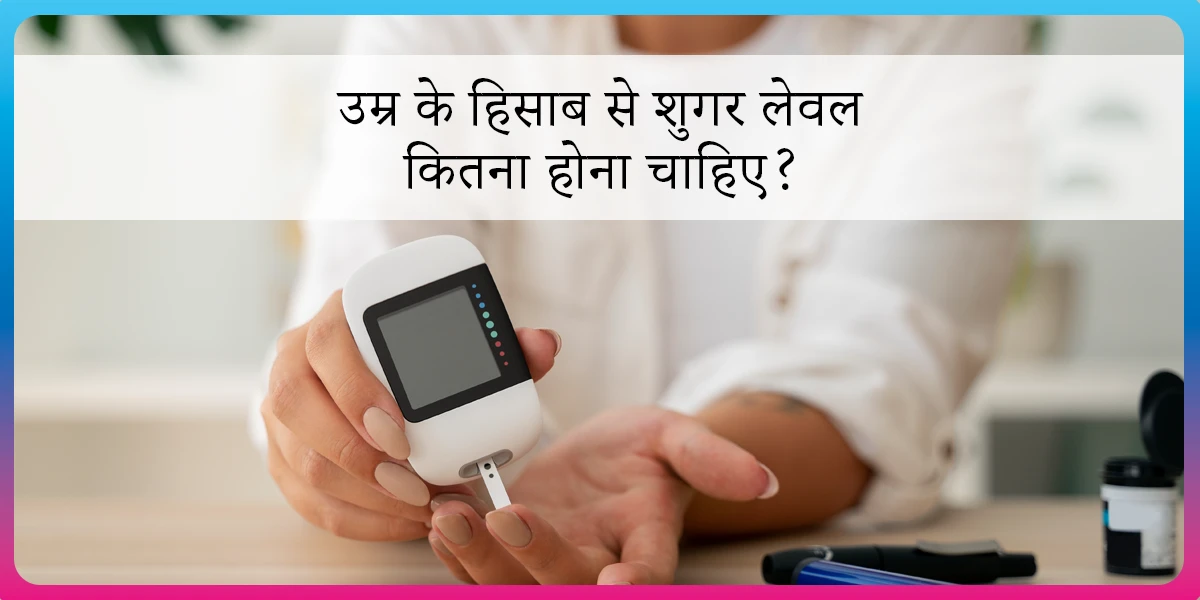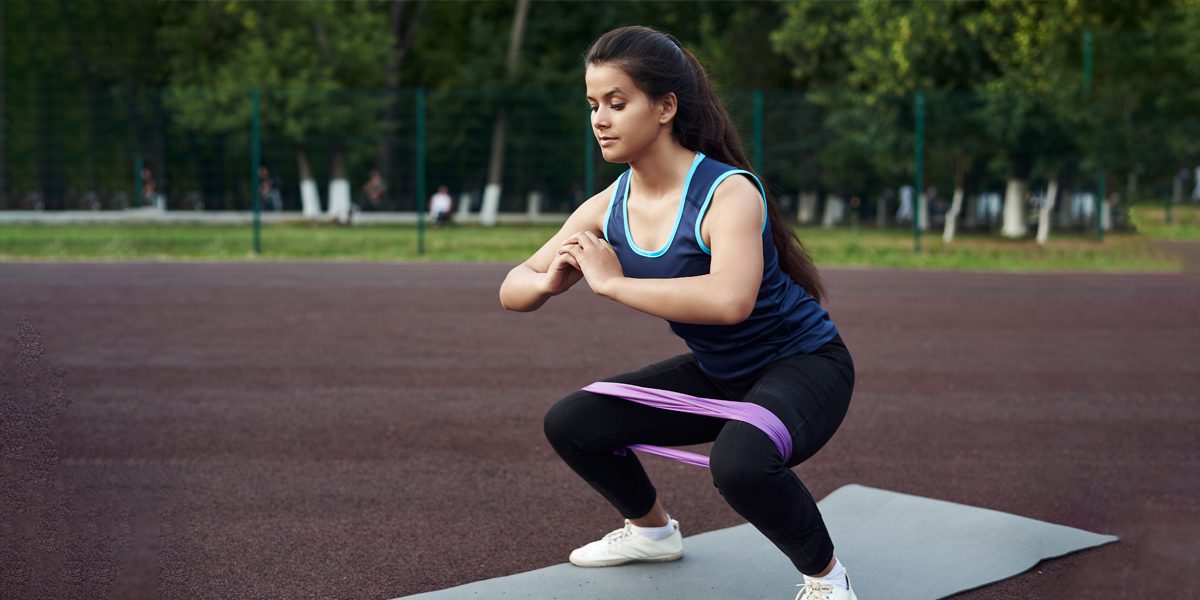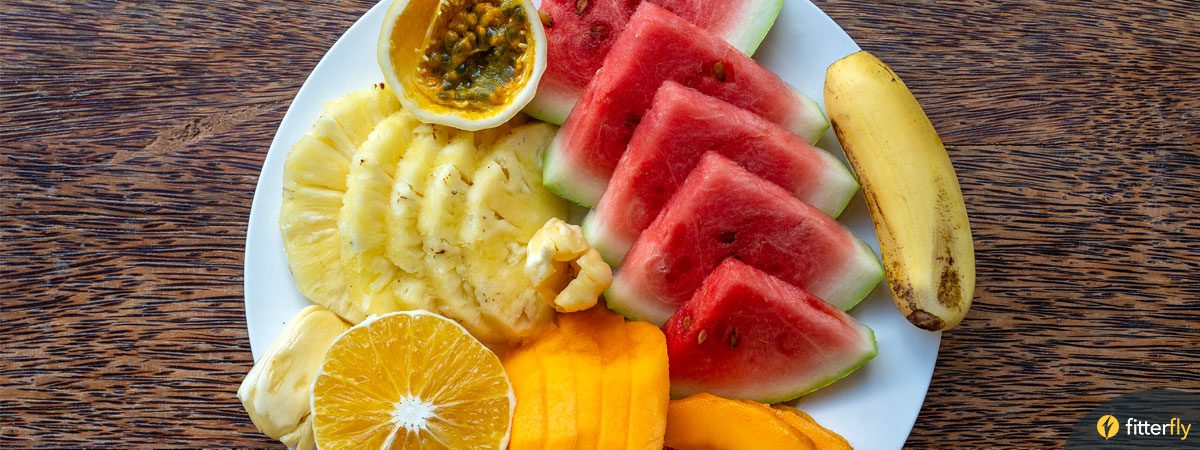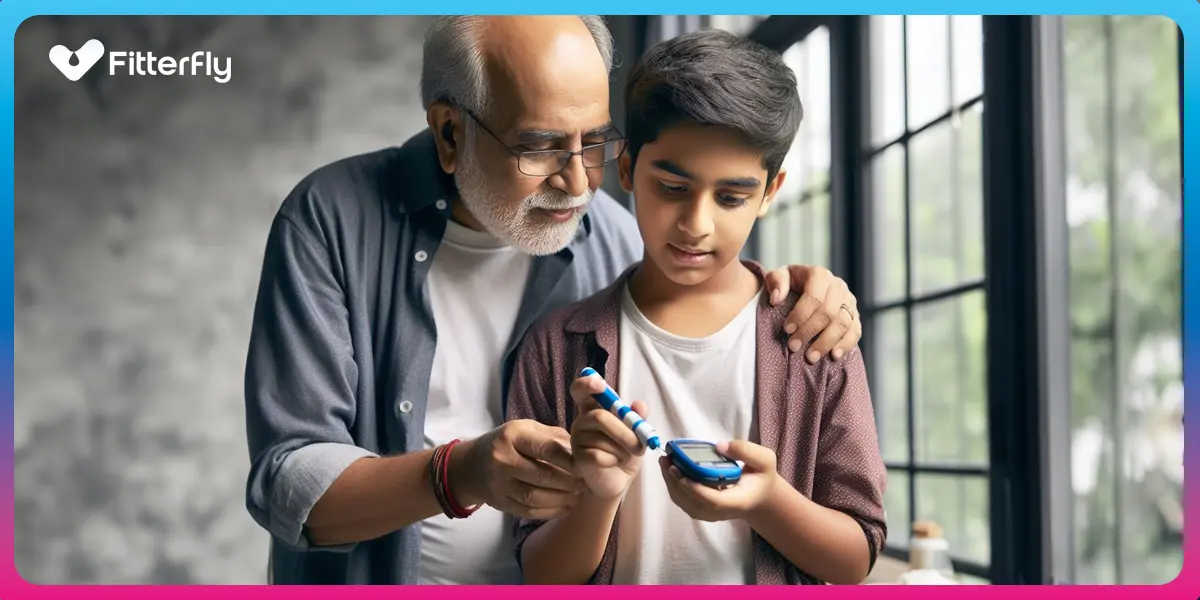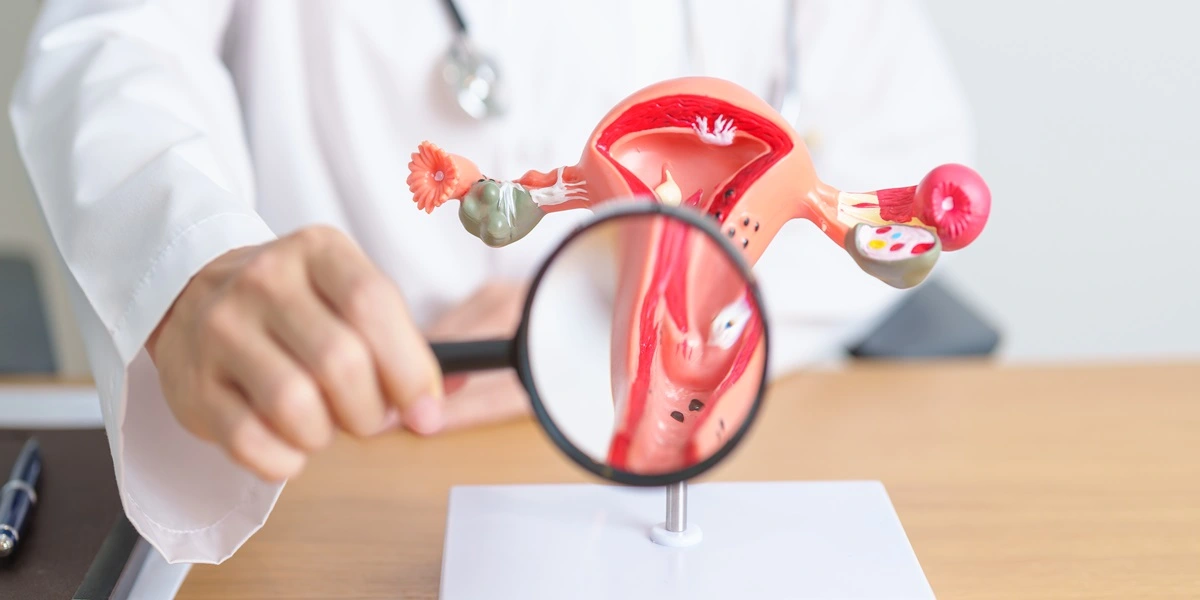Are Potatoes Good For Diabetes?
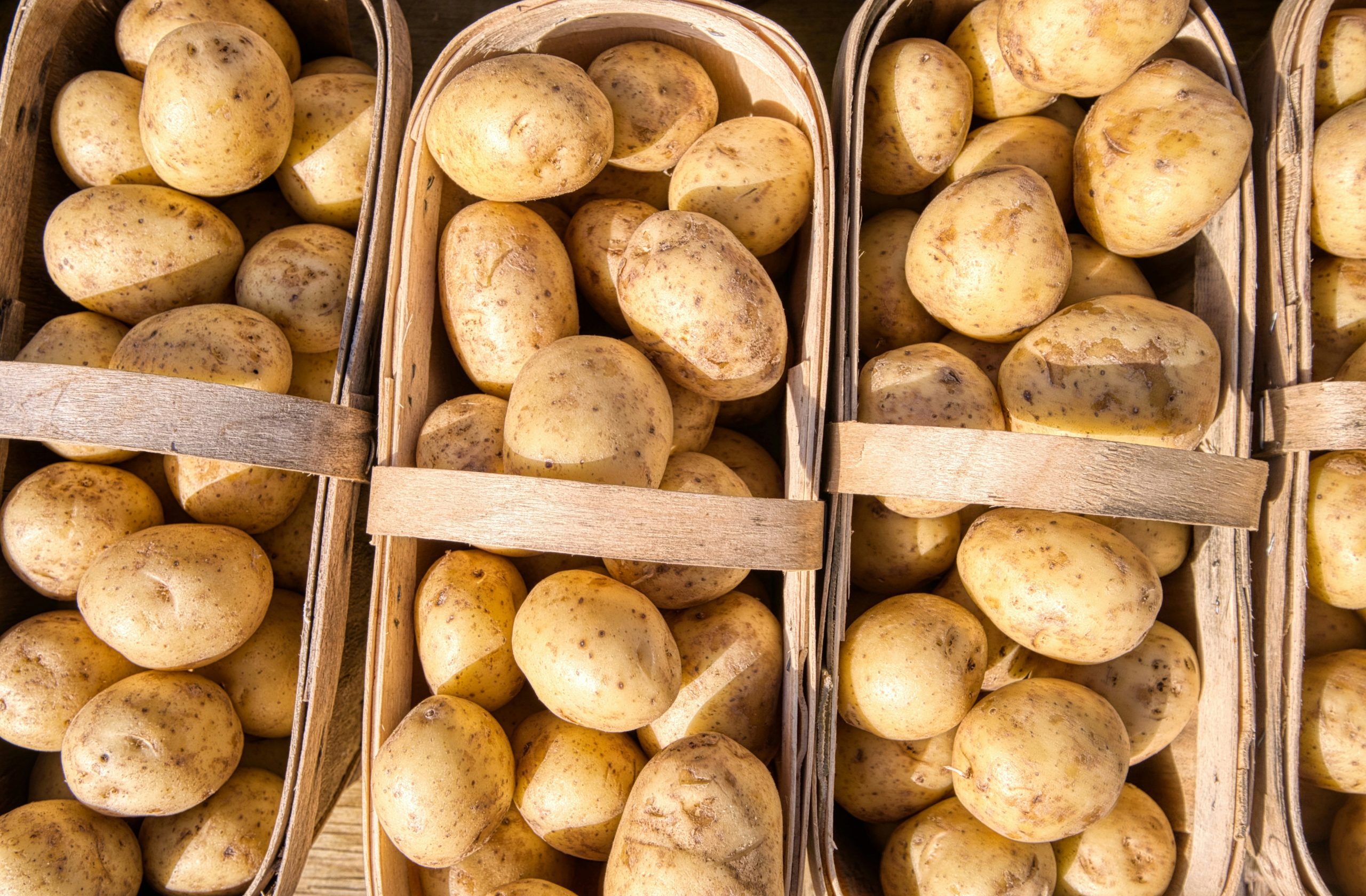
Potatoes-who does not love them? They are one of the most loved and comforting foods across the world. From French fries and mashed potatoes to our very own aloo curry, aloo paratha, and jeera aloo, these potatoes are seen in our plates in countless delicious ways. But if you have diabetes, this much-loved food usually becomes a question mark. You might be thinking- “Is Potato Good For Diabetes?”
Well, let us find out because the answer isn’t a simple yes or no. It is about how you cook them, how much you eat, and what you eat them with.
Potatoes and Diabetes:
Potatoes are a starchy vegetable; people with diabetes can still enjoy them as part of a balanced and healthy diet. However, the key is portion control and preparation.
When we eat food, our body breaks down the carbohydrates into a simple sugar, which is called glucose, which enters the bloodstream and leads to a rise in blood sugar levels.
In people without diabetes, the hormone insulin helps to move sugar from the blood into the body’s cells to use for energy. But in people with diabetes, the body either does not make enough insulin or does not use it effectively. As a result, glucose stays in the blood, which leads to high blood sugar levels.
Since potatoes contain carbohydrates, eating too many can raise blood sugar levels. However, that does not mean you have to give them up completely. In fact, the American Diabetes Association states that starchy vegetables, such as potatoes, are part of a healthy diet as long as they are eaten in moderation and prepared correctly.
| You can also try our free diabetes reversal calculator to find your chances of reducing or stopping diabetes. medicines. |
Nutritional Value of Potato:
The nutritional value of a potato per 100 g is approximately based on Fitterfly’s proprietary tool Ntuitive (data based on IFCT 2017)*
| Nutrient | Amount |
| Calories | 69.79 k cal |
| Carbohydrate | 14.8 g |
| Protein | 1.5 g |
| Fiber | 1.7 g |
Glycemic Index of Potato:
The glycemic index indicates how rapidly a food can increase blood sugar levels. Potato glycemic index is usually medium to high, depending on how it is cooked.
For example:
Boiled potatoes – Medium GI
Fried potatoes- Medium GI
Mashed – High GI
The Right Way to Include Potatoes in a Diabetes Diet:
Watch your portion sizes: Take a half a cup of boiled potatoes or one small potato per meal. Avoid combining it with other starchy foods like roti, rice, bread, or millets in the same meal, as this can raise your blood sugar levels quickly.
Pair wisely: Pair potatoes with protein-rich foods such as paneer, dal, eggs, or chicken and add fibre-rich vegetables like beans, spinach or cucumber. So, this helps to slow down sugar release and keeps you full longer.
Cook them the right way:
Fried foods like samosas may show a lower glycemic index (GI) because the fat slows digestion, causing sugar to enter your blood more slowly. However, this doesn’t make them healthy; they are high in calories and unhealthy fats, which can lead to weight gain, high cholesterol, and poor heart health if eaten regularly.
Boiled potatoes, on the other hand, have a higher GI, meaning they can raise blood sugar faster than fried foods in theory. But they are low in fat and hence lower in calories.
Cooking matters:
Boiled potatoes in aloo sabzi or lightly roasted as aloo chaat release sugar more slowly, making them a healthier choice when eaten by itself or as a snack without additional carbohydrates like rice, roti and bread.
Dishes like aloo paratha, aloo bharta with ghee, or deep-fried snacks combine carbs with fat and oil, which can spike blood sugar faster than plain boiled or lightly roasted potatoes, despite the “low GI” of fat-rich fried foods.
Choose wisely:
In most Indian homes, potatoes find their way into everything from samosas and aloo parathas to masala dosas and spicy aloo curries. But when mixed with refined flour and fried in oil, they turn heavy and high in calories. So, pick healthier options such as aloo chaat, steamed aloo sabzi, or air-fried potato snacks to enjoy your favourite potato without guilt.
Also Read:
Type 1 vs Type 2 Diabetes: Key Differences & Treatments.
How to Maintain Normal Blood Sugar Levels After Eating.
| Key Tip: Use minimal oil or ghee while preparing potato dishes, as they increase the calorie intake. |
Bottom Line:
Potatoes are not totally bad, but how much and how you eat them matters. People with diabetes can have them once in a while, and it is best to pair them with foods that do not raise blood sugar quickly.
How Fitterfly Can Help?
At fitterfly, we help you enjoy potatoes safely while keeping your carbohydrate intake in check. We know how important it is to balance carbohydrates, whether you are managing diabetes, trying to lose weight, or improving heart health.
Our Fitterfly Diabetes Care Program takes a personalised plan to guide you through making smarter carbohydrate choices while still enjoying the foods you love.
Nutritionist Coach guides you to identify the right kinds and amounts of carbohydrates for your body, focusing on complex, fibre-rich options that keep you full and energised.
Our Fitness Coach works with you to include physical activity that compensates for your diet, helping you utilise carbohydrates efficiently and maintain a healthy weight.
Our Mental Health Expert supports you to stay motivated, manage cravings, and make lasting changes to your food routine.
We make it simple for you to navigate high-carbohydrate diets without feeling restricted, ensuring a balance that aligns with your health goals.
Call us at 08068507599 today, and let us create a plan that works for you.
Wish to know more? Sign up for our program.
This blog provides general information for educational and informational purposes only and shouldn't be seen as professional advice.
Frequently Asked Questions
Can people with diabetes eat potatoes?
Yes, but only in small portions and when prepared healthily.
Can potatoes raise blood sugar?
Yes, potatoes can raise blood sugar levels, especially when eaten in large portions or along with other carbohydrate-rich foods, since they contain a high amount of starch.
Is it okay to eat aloo paratha or aloo rice when I have diabetes?
It is better to avoid them because they are both potatoes and wheat, both of which are rich in carbohydrates.
Should I eat potatoes with other foods?
Yes, pair potatoes with proteins like dal, paneer, chicken and fibre-rich vegetables like beans, spinach and cucumber.









